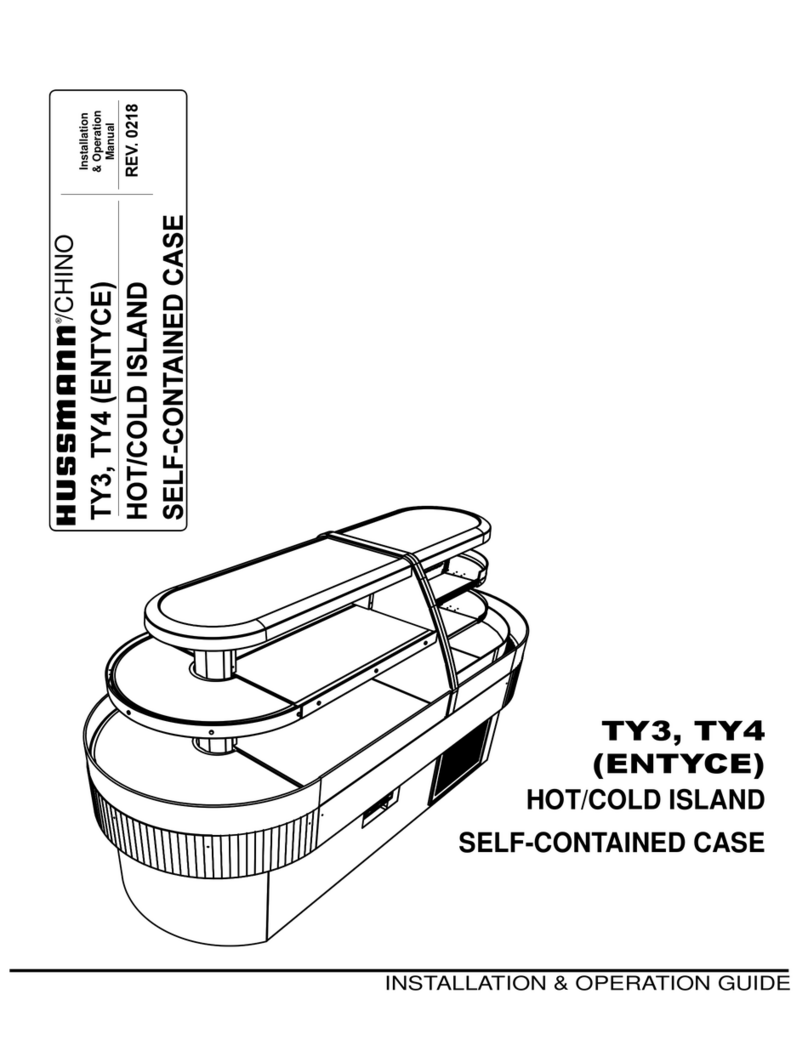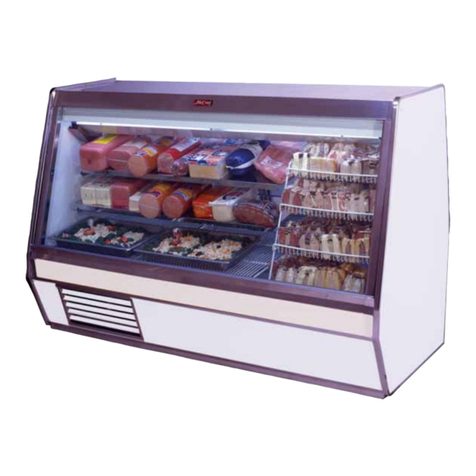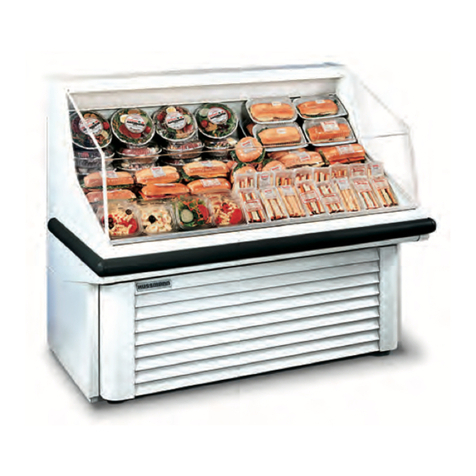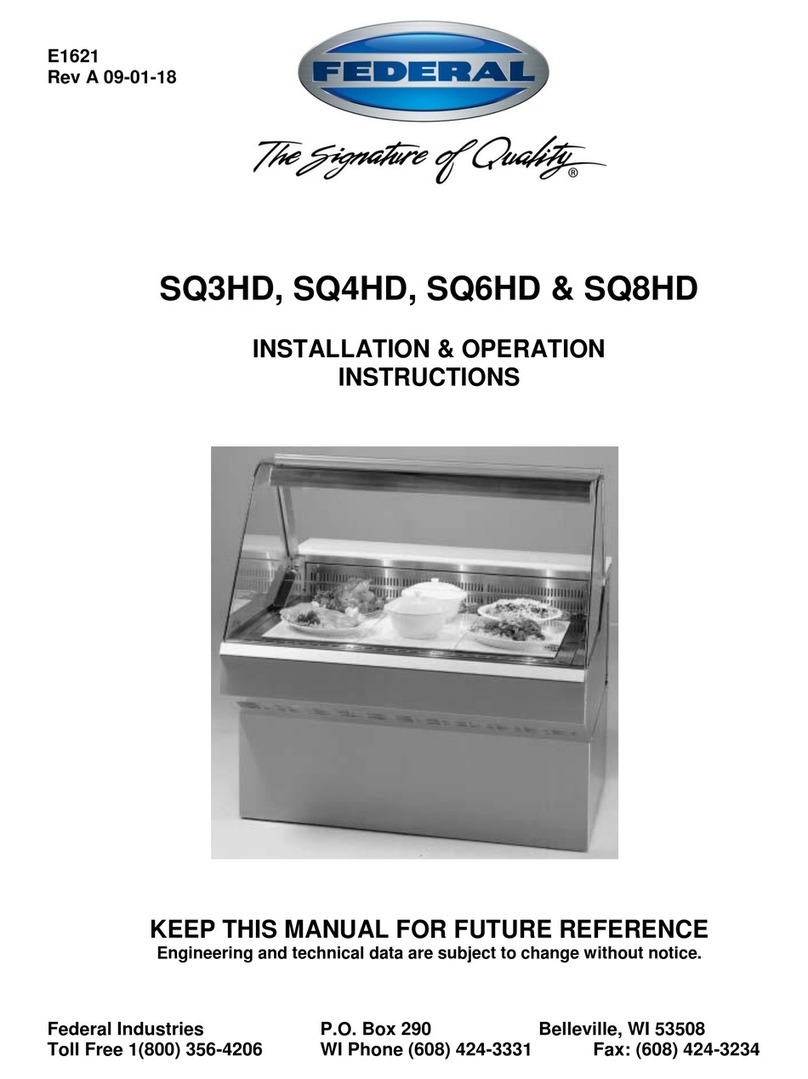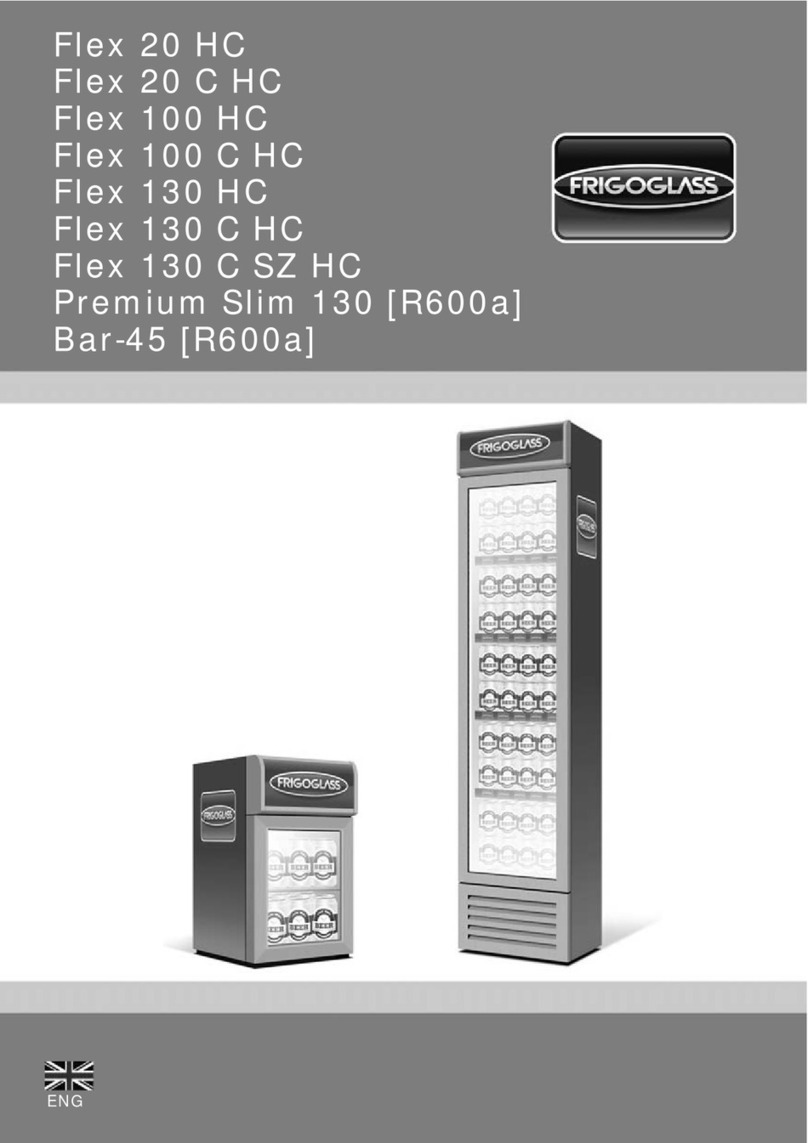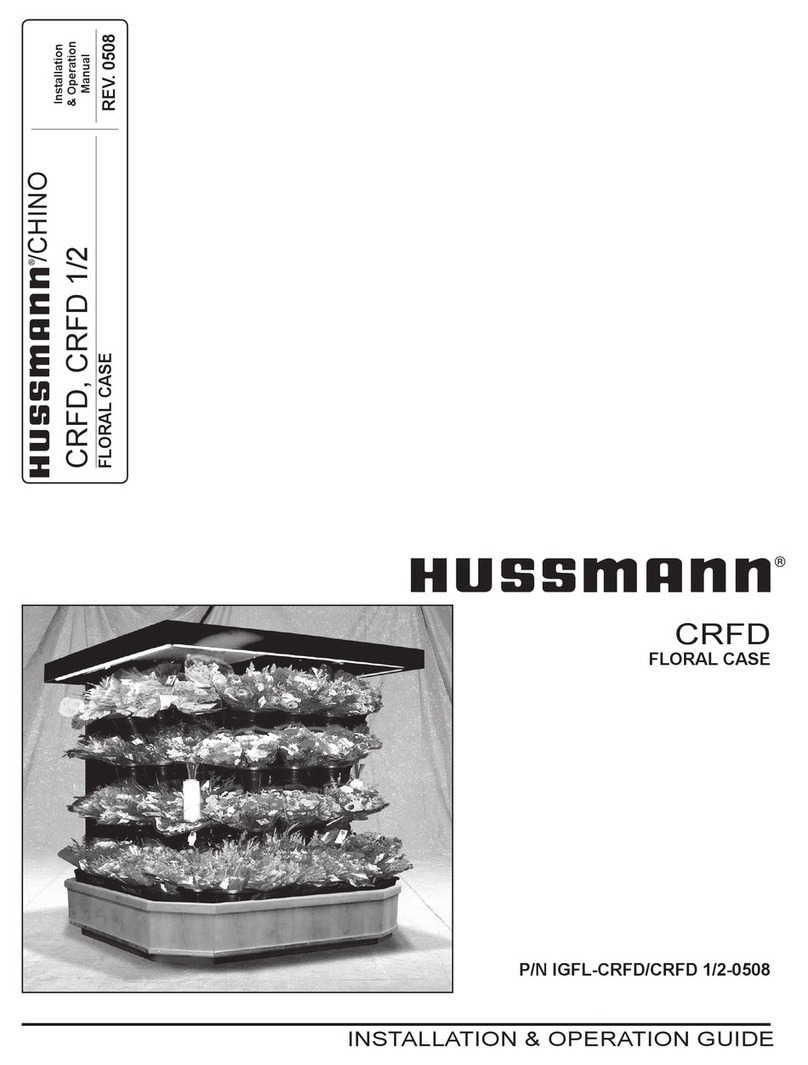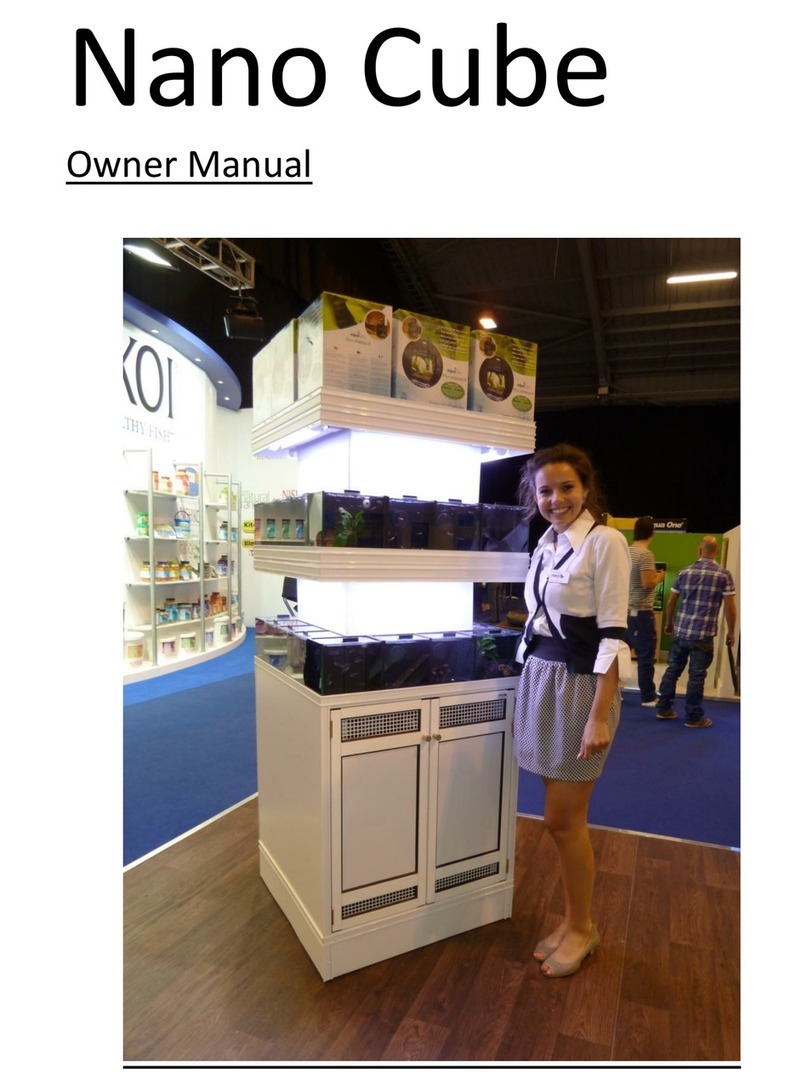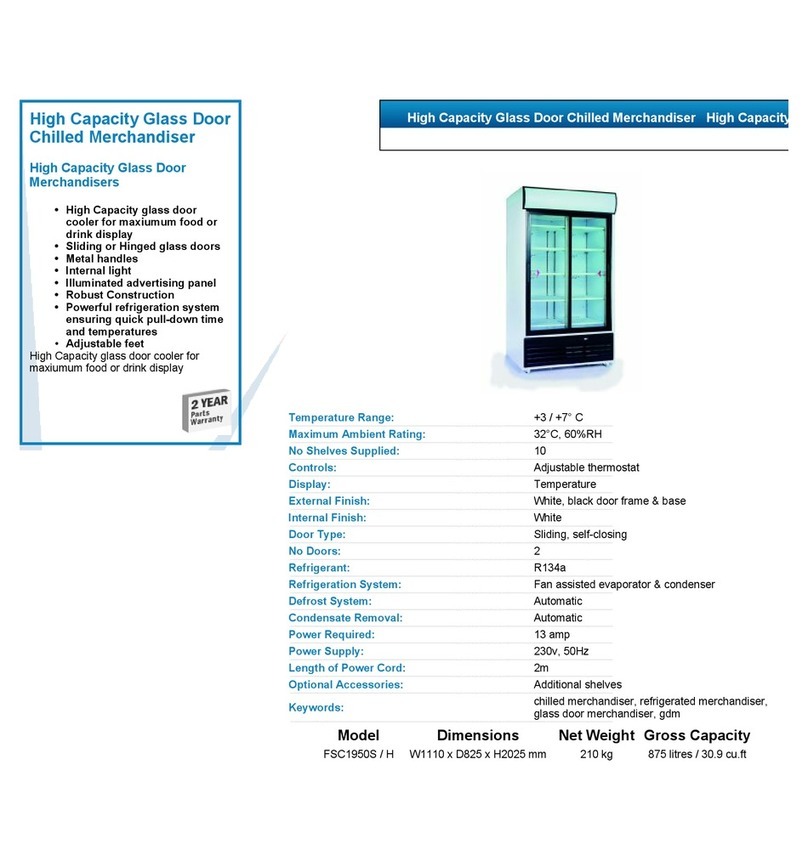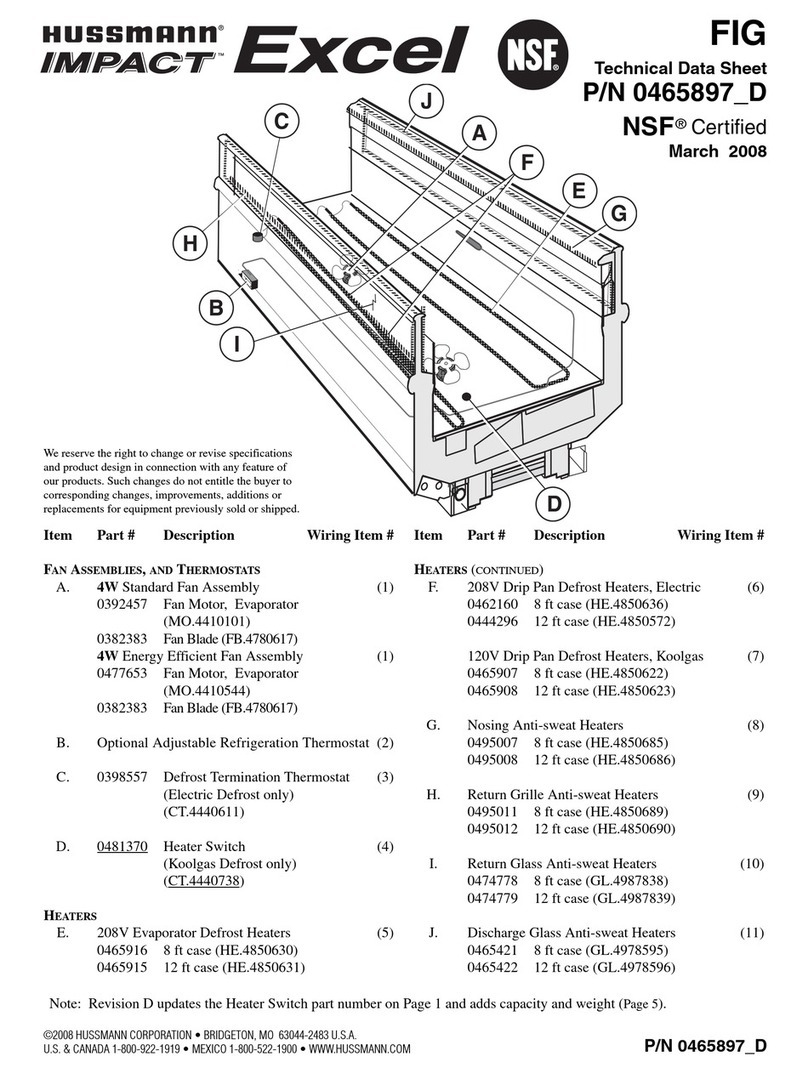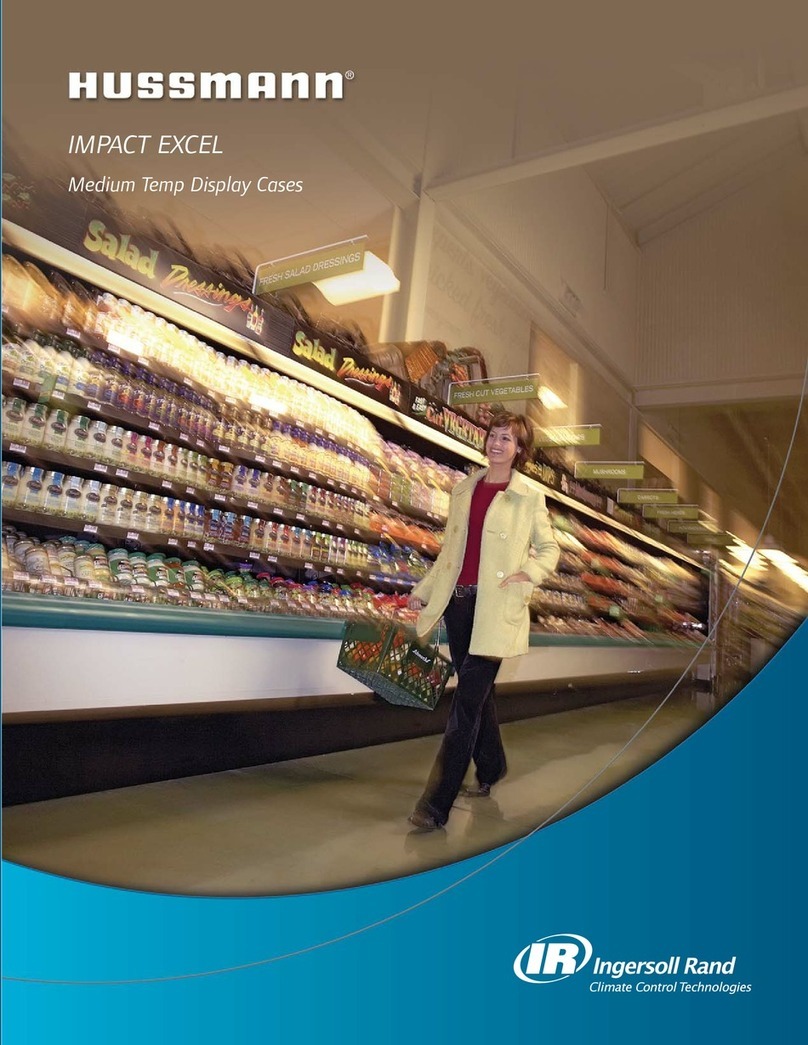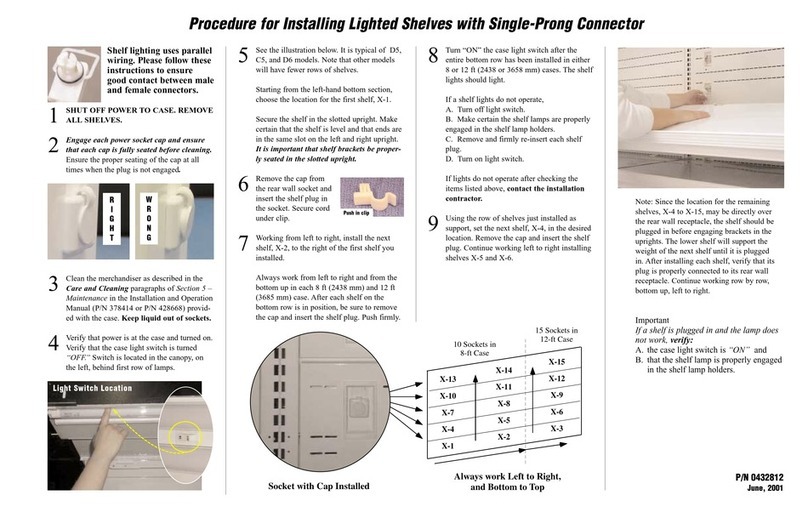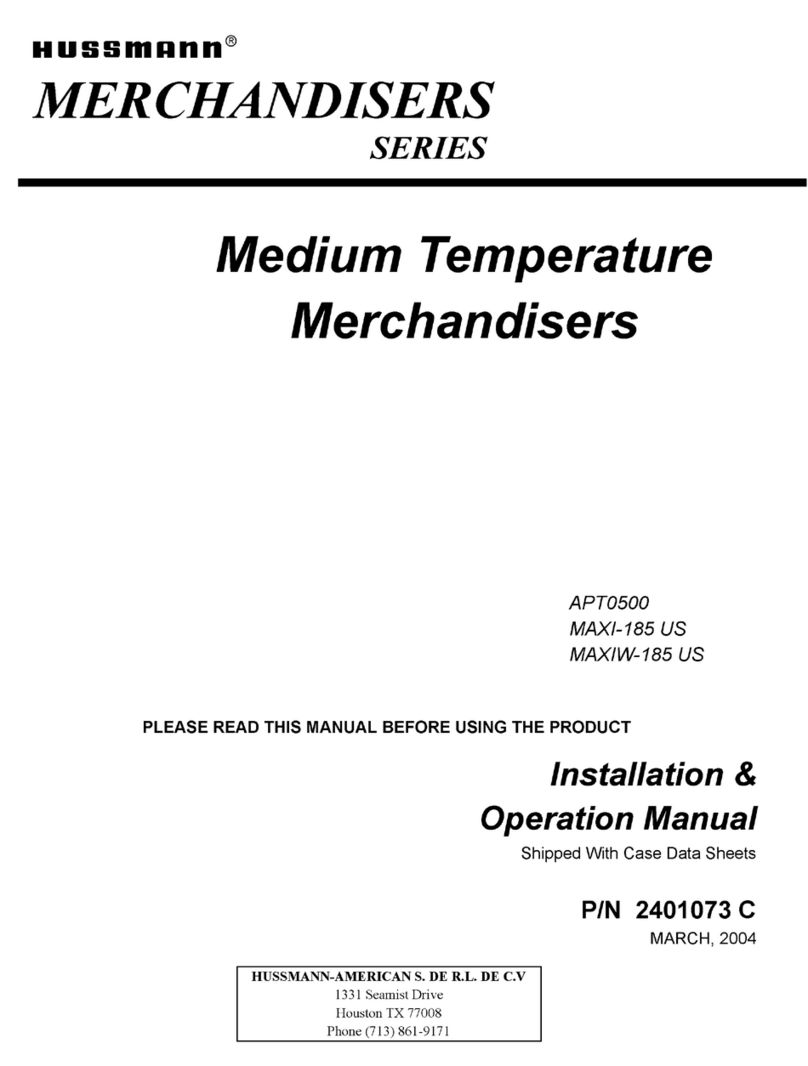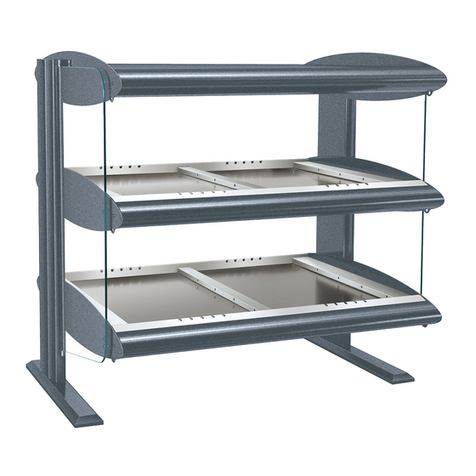REFRIGERATION OPERATION...................................................................................13
Self-Contained Refrigeration Operation..........................................................13
Dual Pressure Control ( Self-Contained Models Only )...................................13
Remote Refrigeration .....................................................................................14
Electronic Expansion Valve (EEV).............................................................14
Remote Refrigeration Operation.....................................................................15
CLEANING INSTRUCTIONS........................................................................................16
Cleaning The Condenser Coil.........................................................................16
Cleaning The Condensate Pump....................................................................16
Cleaning The Acrylic Air Deflector..................................................................17
Daily Cleaning.................................................................................................17
Weekly Cleaning.............................................................................................18
SHELVES......................................................................................................................19
Installation & Removal ....................................................................................19
SERVICE INFORMATION.............................................................................................20
Pre-Service Checklist................................................................................................21
Special Service Situations.........................................................................................22
SALE & DISPOSAL......................................................................................................22
Owner Responsibility................................................................................................22
REFRIGERATION & ELECTRICAL DATA .............................................................................23
RSSL378 ...................................................................................................................23
RSSL478 ........................................................................................................ 24 & 24A
RSSL578 ........................................................................................................ 25 & 25A
RSSL678 ........................................................................................................ 26 & 26A
NSSL378, NSSL478, NSSL578, NSSL678................................................................27
REPLACEMENT PARTS .........................................................................................................28
RSSL378 / NSSL378 ...................................................................................... 28 & 28A
RSSL478 / NSSL478 ...................................................................................... 29 & 29A
RSSL578 / NSSL578 ...................................................................................... 30 & 30A
RSSL678 / NSSL678 ...................................................................................... 31 & 31A
RSSL DISPLAY AREA & VOLUME.........................................................................................32
WIRING DIAGRAMS................................................................................................................33
RSSL3, 4, 5, 6 208-240V - Self-Contained After 01/01/20.........................................33
RSSL3, 4, 5, 6 208-240V –Remote After 01/01/20....................................................34
RSSL3 120V Self-Contained After 01/01/20...............................................................35
RSSL3 120V Remote After 01/01/20..........................................................................36
NSSL3, 4, 5, 6 120V ..................................................................................................37
Wiring Diagrams Prior to 01/01/2020 .............................................................38 thru 40
Refrigerated Self-Serve Merchandiser (High Profile)

